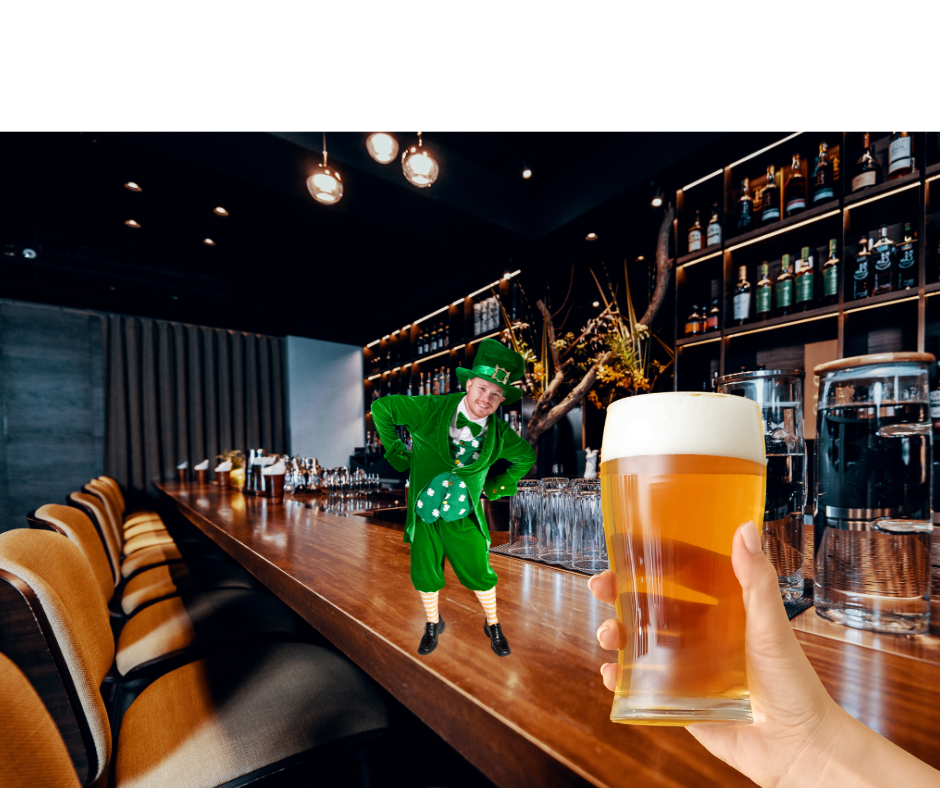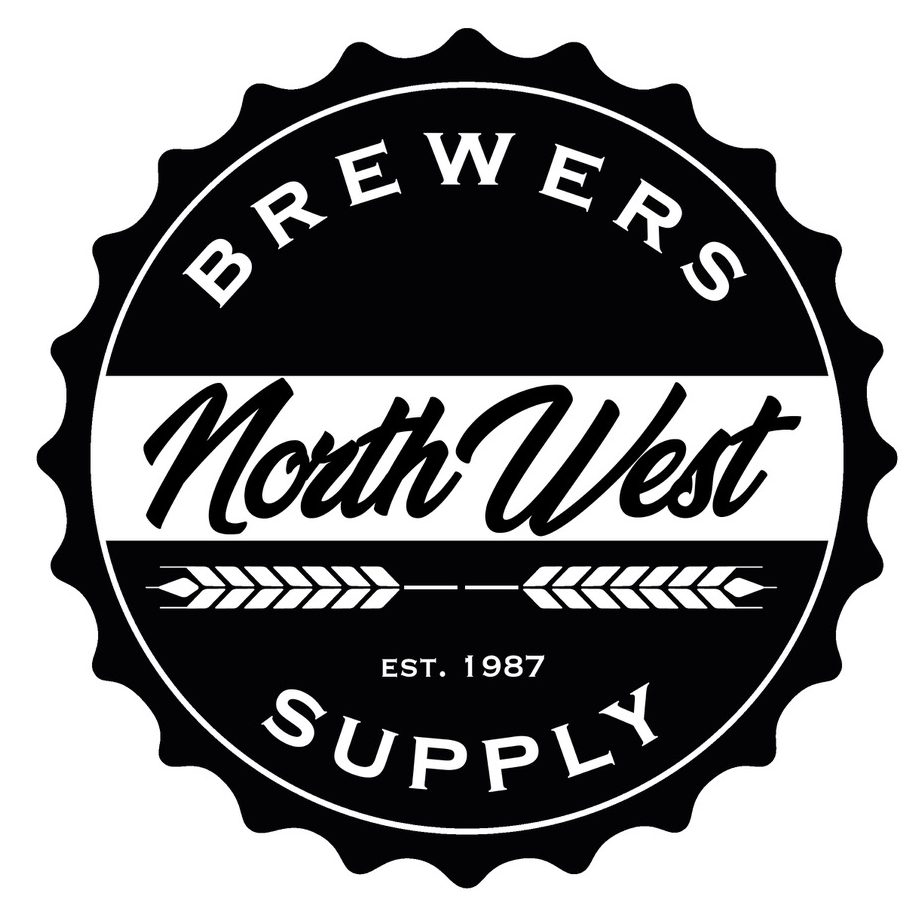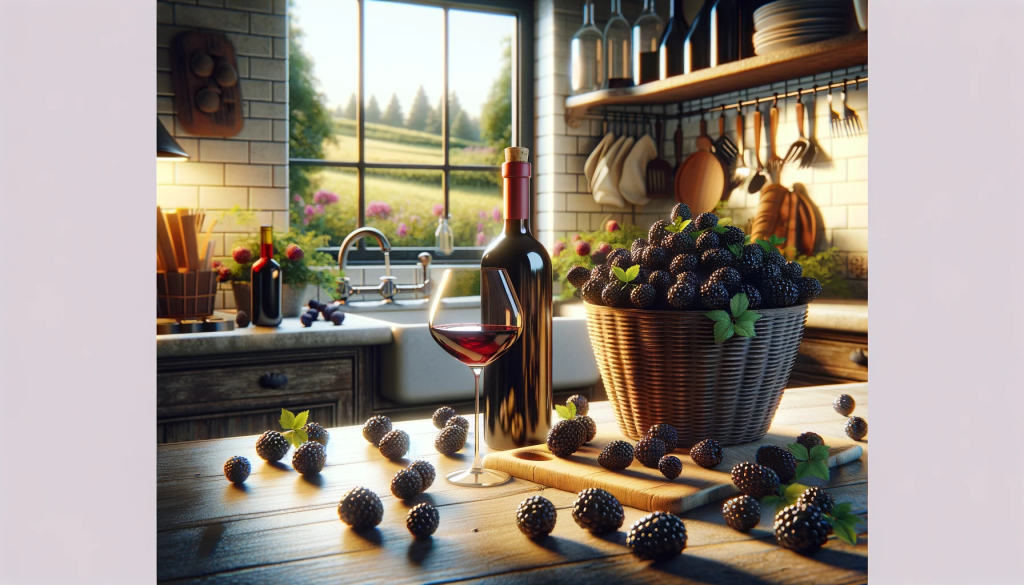Blond stout sounds like an oxymoron. Then again, so does Black IPA. So what is it? Have you ever missed the rich, roasted flavors of a stout during the summer but couldn’t bring yourself to drink something so dark or heavy in the heat? Then, you are not alone. Many brewers shy away from dark beers in the summertime, but we have the perfect solution: the Blonde Stout.
The Blonde Stout has all the chocolate, coffee, and full-body goodness you would expect from a bold stout, yet it comes in a deceptively light and refreshing pale package. Like the Black IPA in its day, we are throwing your appearance assumptions solidly into reverse. In any case, prepare to have to have your mind blown.

A Light Stout to Subvert Expectations
Though the Black IPA (sometimes known as a Cascadian Dark Ale, or CDA), like Octopus Ink kit, may not be as well-known today, it once took the beer world by storm. Combining the big, bold hops of an IPA with the rich, dark malt character of a stout. It was a revelation. It was transformative. The Black IPA arrived on the beer scene in the late 1990s and was a prime example of how brewers love to play with expectations and create new experiences by combining seemingly opposing elements.
A pale stout would still need to keep its core flavors intact without the color additions. Traditionally, we use dark roasted malts like chocolate malt, roasted malts, and black malts to provide the coffee, bittersweet chocolate, burnt marshmallow flavors, and the drying finish from the tannins in the roasted husk. However, the source for all these flavors comes from roasted malts.
The Evolution of a Pale Stout
More than mere wordplay, a light stout for the summer will need to impart a rich coffee flavor, and to achieve that, we will use… wait for it… coffee. I know what you’re thinking: won’t the coffee stain my beer as it does to my shirt? Relax, don’t worry, have a homebrew. The reality is that a 32oz of cold-brewed coffee, diluted in 5 gallons of a summer stout, will barely tint this pale ale.
Chocolate is an easy flavor to source. The problem is the Cocoa butter. Fats or lipids will destroy any possibility of head retention in beer. Chocolate has cocoa butter added along with dairy and sugar. On the other hand, Cacao nibs do not have additional fats added. Cocao nibs soaked in Vodka serve multiple functions here. The Vodka sanitizes the cocoa nibs, aids flavor extraction, and raises the ABV. That’s winning.
Blonde Stout Recipe
Inspired by Drew Beechum’s article https://www.beeradvocate.com/articles/7455/white-stout/ Nov. 2012
For 5.5 gallons at 1.078 OG, 57 / 30 IBU, 7.3°SRM, 8.1% ABV
Grain Bill:
14 lb. Maris Otter
1.5 lb. flaked barley
.5lb. flaked oats
0.5 lb. crystal 40L
Mash Schedule:
Single-infusion mash – 154°F for 60 minutes
Hops:
1 oz. East Kent Goldings 6.4% AA – 60 minutes
1 oz. Fuggle 4.2% AA – 10 minutes
Yeast:
First Choice: Wyeast 1084 Irish Ale Yeast (2 packs or an appropriate starter)
Extras (add at the packaging phase):
Extras:
- 3 oz. cacao extract
- To prepare: Soak 2 oz. of cacao nibs in 6 oz. Vodka for four days. Strain the mixture, freeze, and remove the fat cap before adding to the beer.
- 1 pint of cold-brewed coffee extract
- To prepare: Soak 1 cup of coarsely ground quality coffee in 2 cups of cold water for 12-24 hours. Strain through a coffee filter or a fine-mesh sieve before adding to the beer.
- Optional: Add lactose at packaging time for a slightly sweeter finish.
A New Twist
Summertime is not limited to pale ales, IPAs, and Lagers. A blonde stout bridges the gap between the seasons and satisfies your desire for a roasted character and richness. Whether you’re reminiscing about the first time you tried a Black IPA or simply looking for a new way to surprise your friends, the Blonde Stout promises to deliver a memorable experience with every sip.

